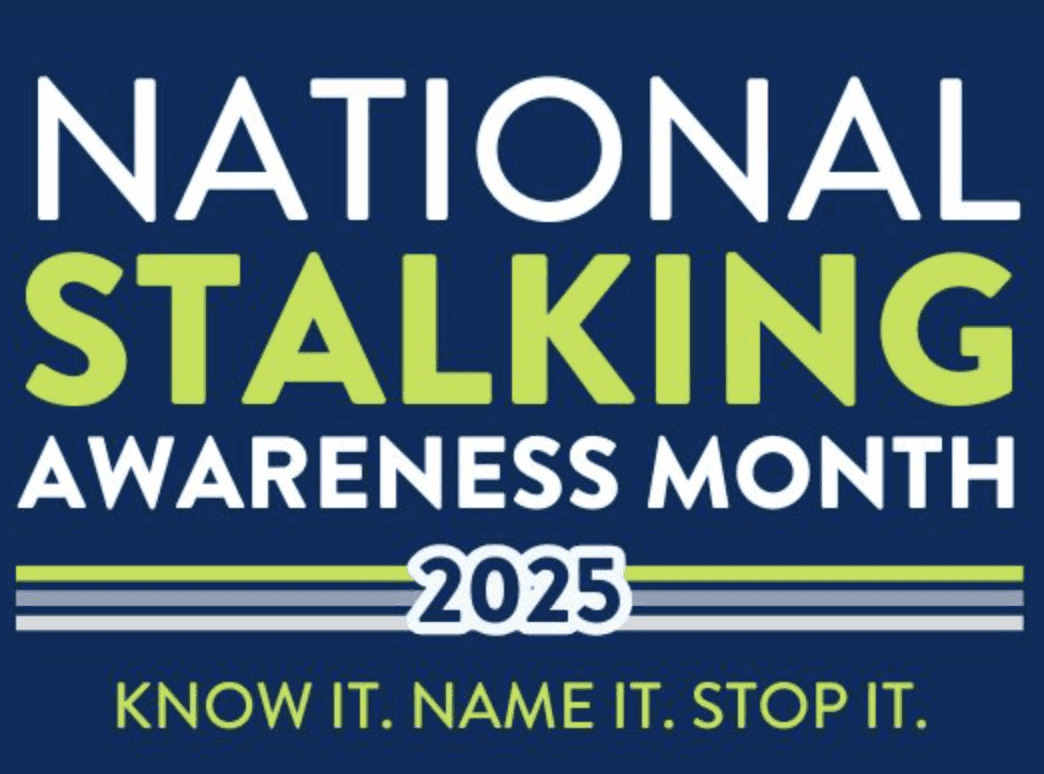By Deana M. Newman, M.A., C.C.P.
Robin Roberts – women’s basketball player, sportscaster, ABC-TV personality
Christina Applegate – actress, breast cancer research advocate
Edie Falco – television, film and stage actress
Dorothy Hamill – American Olympic champion figure skater
Hoda Kotb – NBC news anchor, journalist and correspondent
Richard Roundtree – actor, former male fashion model
Sheryl Crow – singer, songwriter, political activist
What do the above celebrities have in common? If you guessed a diagnosis of breast cancer, you are absolutely correct.
Breast cancer is a serious disease which does not discriminate against racial, social economic status, religious or gender differences. Its number one victim is…the human race.
Breast cancer is a malignant tumor which begins from an abnormal cell growth within breast tissue. According to the American Cancer Society, “…certain changes in DNA can cause normal breast cells to become cancerous. DNA is the chemical in each of our cells that makes up our genes — the instructions for how our cells work. Some inherited DNA changes can increase the risk for developing cancer and are responsible for the cancers that run in some families.” Though the exact cause of the gene mutation is unknown, several modifiable risk factors (those you can change) have been identified as links to the disease:
Modifiable Risk Factors of Breast Cancer
-not having children or having children after the age of thirty
-recent use of birth control pills
-postmenopausal hormone therapy
-not breast-feeding
-alcohol consumption
-being overweight or obese
-lack of exercise
-consuming diets high in fat
Breast cancer can arise in both men and women, as exhibited in the above celebrity list. It is estimated over 180,000 women and nearly 2,000 men will be diagnosed with breast cancer this year, while over 40,000 women and close to 500 men will die from the disease. Risk factors for male breast cancer may include radiation exposure, high levels of estrogen and/or a family history of men or women with breast cancer. In comparison to women, the disease is a rare occurrence in men yet equally life-threatening upon diagnosis.
Annual mammograms for women aged thirty-five and older, clinical examinations and other diagnostic tools are available to detect breast cancer. However, the most important early detection method is simply paying attention to signs and symptoms of breast changes and reporting the changes to your physician immediately.
A new lump in the breast is the most common sign of breast cancer. Additional signs of breast cancer may include the following: (source: American Cancer Society)
o swelling of all or part of the breast
o skin irritation or dimpling
o breast pain
o nipple pain or the nipple turning inward
o redness, scaling, or thickening of the nipple or breast skin
o a nipple discharge other than breast milk
o a lump in the underarm area
Winning the “united struggle” against breast cancer involves knowing and understanding individual risk factors, continuous research efforts, living a healthier lifestyle, increased awareness amongst friends and family and most importantly, maintaining a positive spirit.
For more information on available breast cancer treatments, the latest research discoveries and general support resources, speak with your primary health care provider and visit the National Cancer Institute at www.cancer.gov/cancertopics/support.



